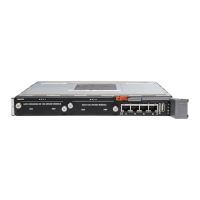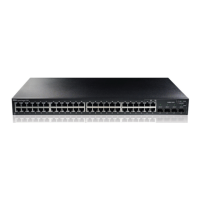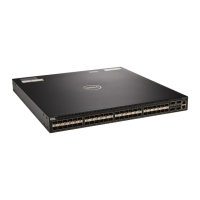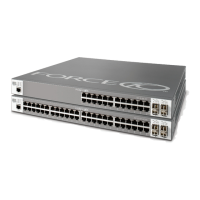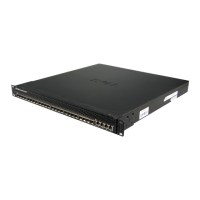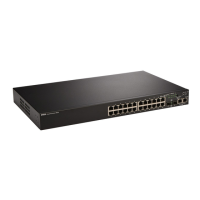udp-port port-
number
(OPTIONAL) Enter the keywords udp-port then the port
number of the remote host to use. The range is from 0 to
65535. The default is 162.
notification-
type
(OPTIONAL) Enter one of the following keywords for the
type of trap to send to the host:
• ecfm — Notification of ECFM state changes.
• entity — Notification of entity changes.
• envmon — Environment monitor trap.
• eoam — Notificaiton of EOAM state changes.
• ets — Notification of ets trap changes.
• fips — Notification of FIP snooping state changes.
• lacp — Notificaiton of LACP state changes.
• snmp — SNMP notification (RFC 1157).
• stp — Spanning tree protocol notification (RFC 1493).
• vrrp — State change in a VRRP group.
• xstp — State change in MSTP (802.1s), RSTP (802.1w),
and PVST+.
The default is all trap types are sent to host.
Defaults As above.
Command
Modes
CONFIGURATION
Command
History
Version 8.3.16.1 Introduced on the MXL 10/40GbE Switch IO Module.
Usage
Information
In order to configure the router to send SNMP notifications, enter at least one
snmp-server host command. If you enter the command with no keywords, all
trap types are enabled for the host. If you do not enter an snmp-server host
command, no notifications are sent.
In order to enable multiple hosts, issue a separate snmp-server host command
for each host. You can specify multiple notification types in the command for each
host.
When multiple snmp-server host commands are given for the same host and
type of notification (trap or inform), each succeeding command overwrites the
previous command. Only the last
snmp-server host command is in effect. For
example, if you enter an snmp-server host inform command for a host and
then enter another snmp-server host inform command for the same host, the
second command replaces the first command.
The snmp-server host command is used with the snmp-server enable
command. Use the snmp-server enable command to specify which SNMP
notifications are sent globally. For a host to receive most notifications, at least one
1232
Simple Network Management Protocol (SNMP) and Syslog
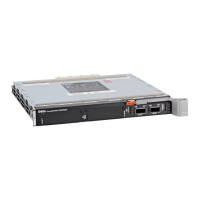
